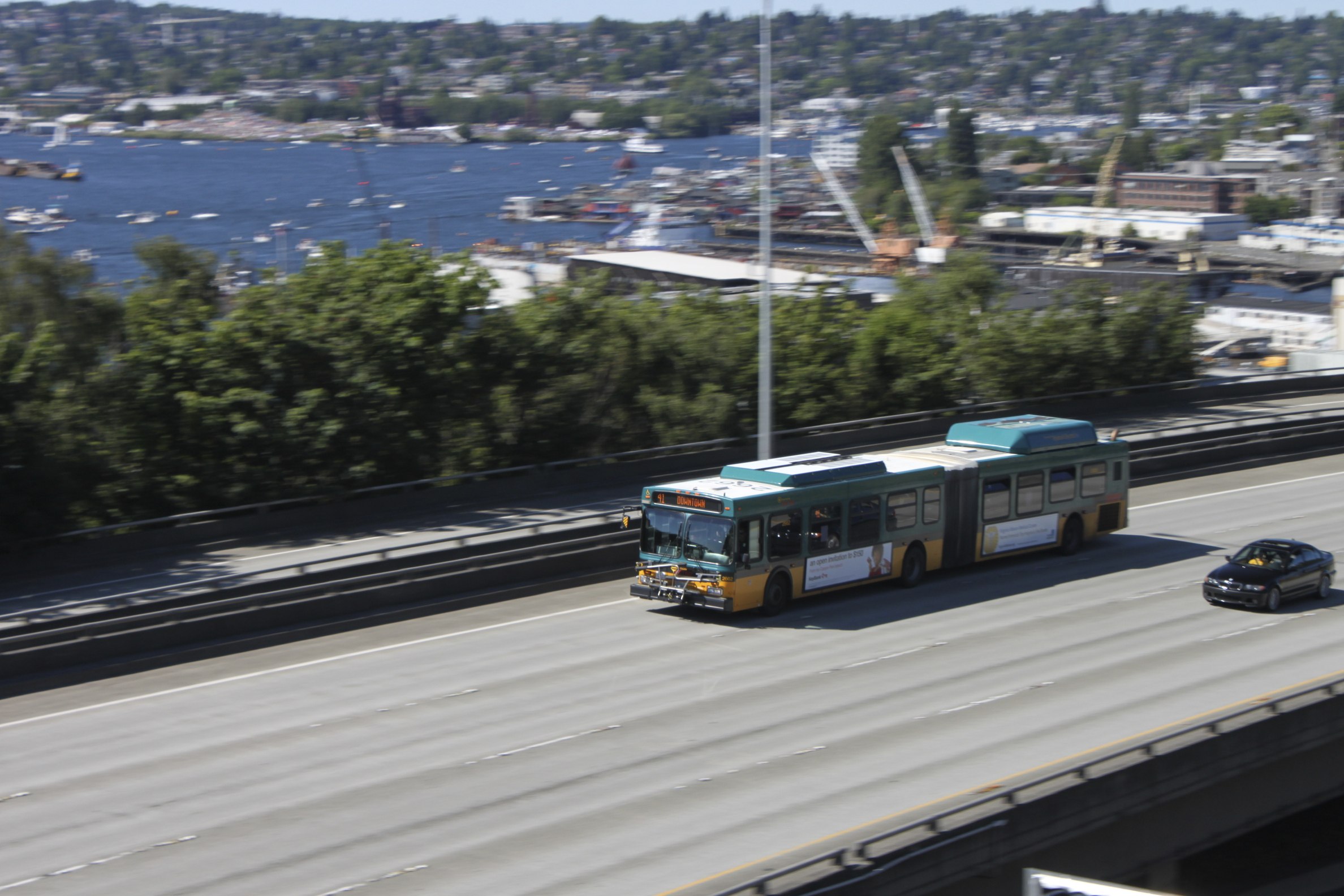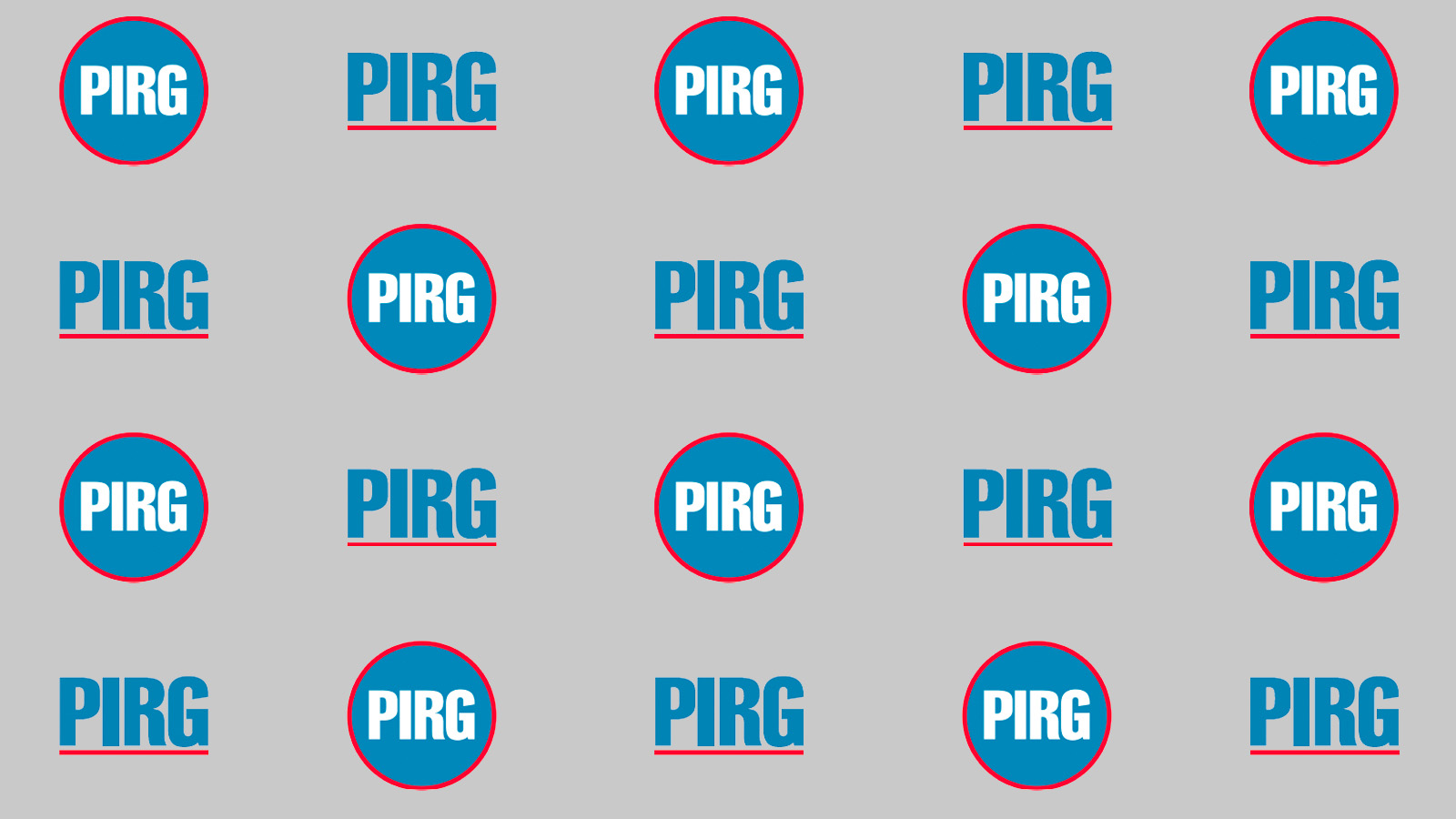
Arizona’s New Frontier
Moving Our Transportation System into the 21st Century
Over the past few decades, Arizona’s population has skyrocketed. This population growth has not been matched by public transportation investment, and Arizona’s resulting dependence on cars is hurting the state. High and wildly fluctuating gas prices add to Arizonans’ economic woes, traffic congestion wastes valuable time and energy, and our cars and trucks produce pollution that harms Arizonans’ health and contributes to global warming.
Downloads
Moving Our Transportation System into the 21st Century
Arizona PIRG Education Fund
Over the past few decades, Arizona’s population has skyrocketed. This population growth has not been matched by public transportation investment, and Arizona’s resulting dependence on cars is hurting the state. High and wildly fluctuating gas prices add to Arizonans’ economic woes, traffic congestion wastes valuable time and energy, and our cars and trucks produce pollution that harms Arizonans’ health and contributes to global warming.
Recently, there has been a surge of support for public transportation in Arizona, and the subsequent expanded bus service and new Valley Metro light rail have been a boon to the state and its residents. The public transit systems in Arizona are beginning to relieve congestion, reduce our dependence on oil, curb pollution, stimulate the economy, and help to sustain healthy, vibrant communities.
Arizona needs a transportation system that meets the needs of the 21st century – one in which public transportation plays a much bigger role than it does today. Arizona should build on the public transit investments we’ve recently made and work to provide all Arizona residents with the transit options they need. To get there, we need to start investing now in critical public transportation projects.
Public transportation helps address Arizona’s economic, transportation and energy challenges.
- Public transportation pays dividends for Arizona residents and our economy.
- In 2006, public transportation in Arizona saved approximately 5.8 million gallons of oil, saving consumers more than $15 million at the pump.
- Public transportation prevented almost 3 million hours of traffic delay – equivalent to about 68,000 work weeks – in the Phoenix metropolitan area in 2006, saving the economy more than $55 million in wasted time and lost productivity. In the Tucson metropolitan area, public transportation prevented half a million hours of traffic delay,or 14,000 work weeks, preventing over $11 million worth of wasted money and productivity.
- Public transportation is helping to reduce global warming pollution in Arizona, averting about 7,000 metric tons of carbon dioxide pollution in 2006, the equivalent of taking over 1,100 cars off the road.
- More and more Arizonans are choosing to take public transit rather than drive. Travel via public transportation in Arizona has increased at a faster rate than automobile travel since the early 1990s – with the number of passenger miles traveled on transit jumping 76 percent between 1993 and 2006.
- Transit ridership continues to increase. In the first eight months of 2008, ridership on the state’s transit lines jumped 8.8 percent versus the year before, compared with a 2.9 percent drop in vehicle travel.
- 74.8 percent of Arizonans still drive to work alone while only 2.1 percent take public transportation, meaning that there are plenty of opportunities to entice new riders to transit.
Our public transit system has not kept up with growing need. Arizona residents drive more miles, spend more on gasoline, experience more congestion, and produce more global warming pollution from transportation than they did two decades ago.
- Vehicle travel on Arizona highways increased by approximately 80 percent between 1992 and 2007. This is due both to a larger population and to more driving per person – the average Arizona resident is also driving about 11 percent more miles each year than 15 years ago.
- Arizona residents spent about $4.5 billion more on gasoline in 2006 than they did in 1998, a product of more miles being driven in less efficient vehicles, coupled with higher gasoline prices.
- Congestion on Arizona roads has continued to get worse. In 2005, Phoenix area residents spent about 82 million hours in traffic delays, while congestion cost the area’s economy about $1.7 billion. In the Tucson metropolitan area, travelers spent about 17 million hours in congestion, and congestion cost about $338 million.
- Transportation is a leading source of global warming pollution in Arizona. Arizona’s transportation system produced 65 percent more carbon dioxide in 2005 than it did in 1990.
There are dozens of worthy public transit improvements that would give Arizona residents alternatives to the rising cost of driving, reduce congestion by removing cars from the road, save oil and reduce pollution.
Topics
Find Out More


Green schools guide

Why privacy matters – even if you’ve got nothing to hide

